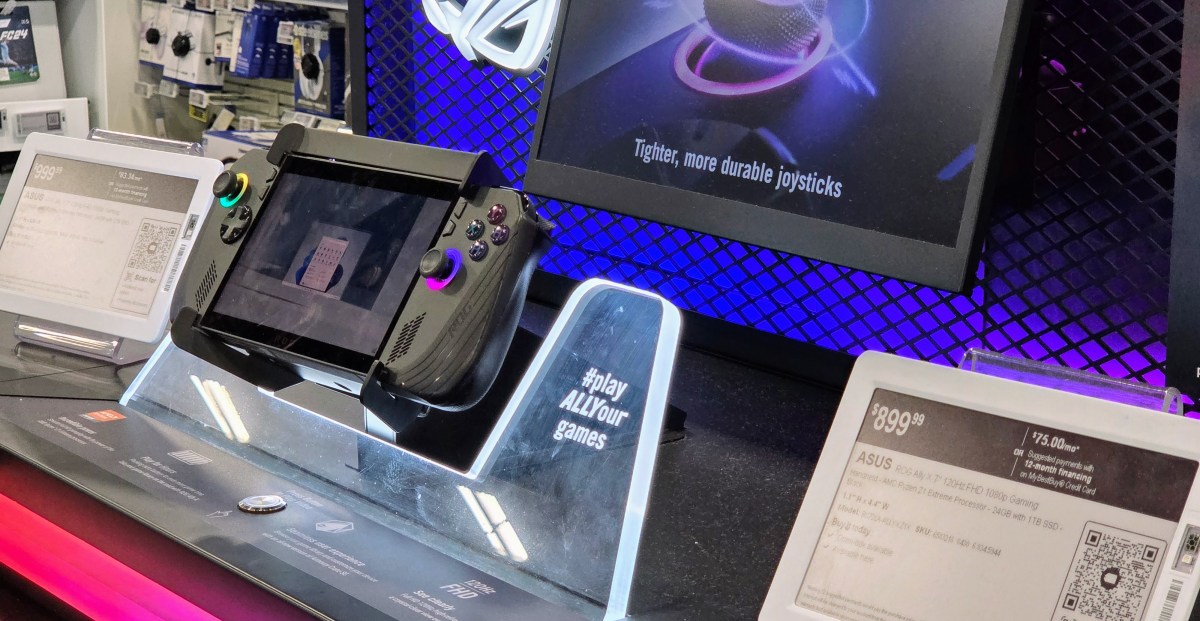Valve Halts Sales of Steam Deck OLED 1TB Model in North America
Valve Corporation has announced a temporary suspension of sales for the 1TB variant of its Steam Deck OLED in the United States and Canada due to unspecified supply chain issues. The company anticipates that the model will be back in stock by the end of summer, with no expected changes to pricing at this time. Valve has promised to keep customers updated as more details about the timeline become available.
Recommended Alternatives: Steam Deck OLED 512GB
In light of this development, many experts recommend the 512GB Steam Deck OLED, priced at $549, as a preferable choice for consumers. The discontinuity in supply and the rising costs of competing devices raise questions about the competitive landscape in the handheld gaming market.
Price Increases Across the Industry
Concerns over price hikes are not limited to Valve. The Intel-powered MSI Claw AI 8 Plus recently experienced a $100 increase shortly after its initial launch. Observers are beginning to question whether Windows-based manufacturers can effectively compete against the Steam Deck and the anticipated Switch 2. The upcoming Xbox Ally, set to release later this year, adds another variable to the equation.
The Impact of Trade Policies
While it remains uncertain if former President Trump’s trade policies with China are directly influencing these price adjustments, there is a notable increase in the cost of the Asus ROG Ally X. Originally priced at $800, it currently retails for $900 at Best Buy in the US but maintains its original price in Canada and Mexico. Asus has not provided clarification regarding this price surge, despite multiple inquiries from The Verge.
Lenovo’s Price Strategy on Legion Go S
Lenovo has also joined the trend of increasing prices, revamping the entry-level Legion Go S with SteamOS on two occasions before its public release on May 25. The initial price hike in March saw an increase of $50, followed by another unannounced rise before launch. Consequently, the Legion Go S is now priced at $599, making it $50 more expensive than the Steam Deck OLED.
Although detailed tests indicate that the SteamOS version is an improvement over its Windows counterpart, it does not definitively outperform the Steam Deck in key areas such as performance, battery longevity, display quality, or ergonomic comfort.
Future Reviews and Alternatives
A comprehensive review of the SteamOS version of the Legion Go S is forthcoming. However, the Windows Z2 Go variant, currently priced at $599, is not recommended based on performance evaluations.
For consumers seeking more budget-friendly options, some retailers have been reported to offer closeout deals on the original Lenovo Legion Go with detachable controllers for as low as $349. Although the original model is considered bulky and less comfortable, its Z1 Extreme chip provides enhanced power compared to the Z2 Go models.
In summary, as competition in the handheld gaming market intensifies, consumers have a variety of choices, albeit at rising prices. Valve’s temporary halt in sales and subsequent recommendations leave room for gamers to reconsider their options during these fluctuations.




